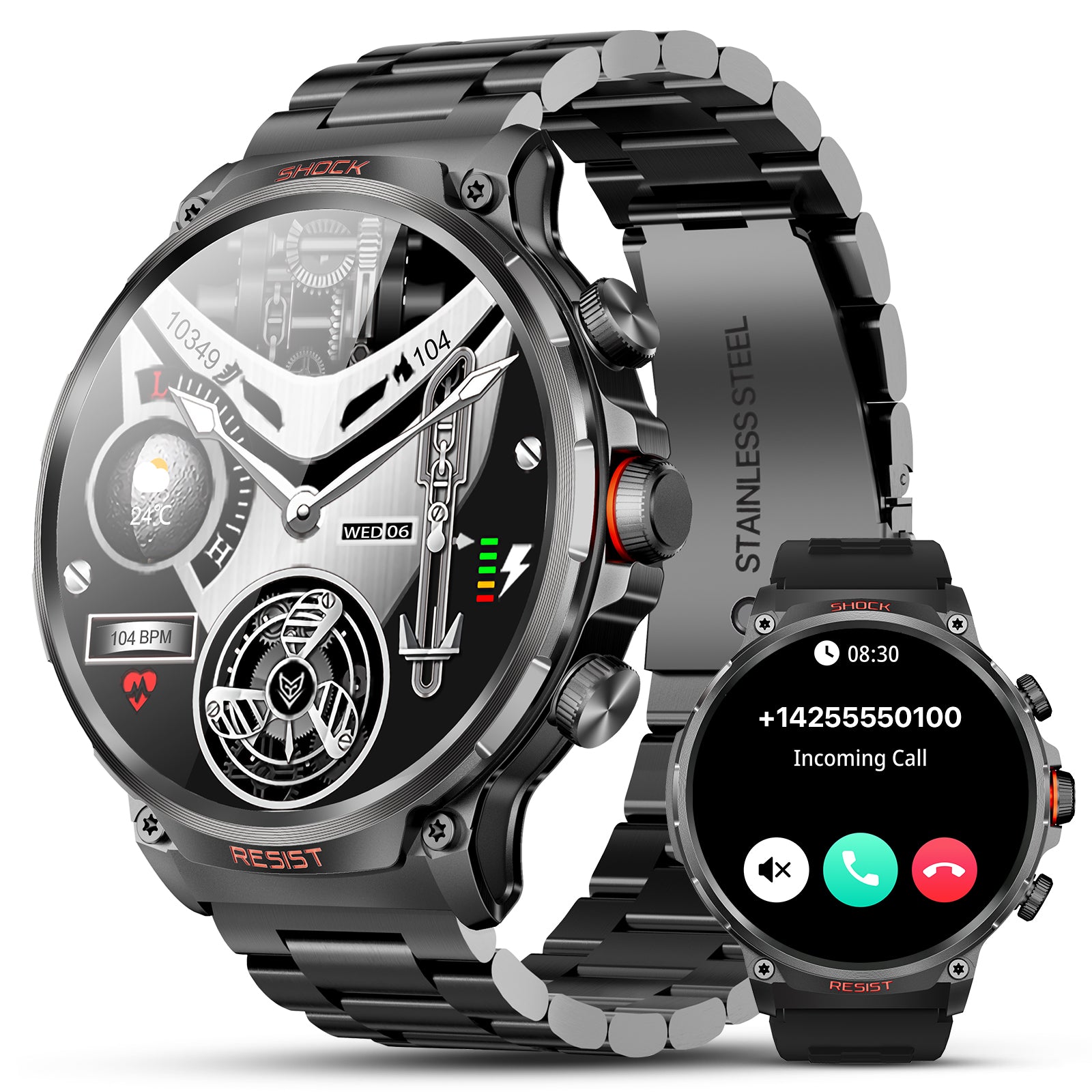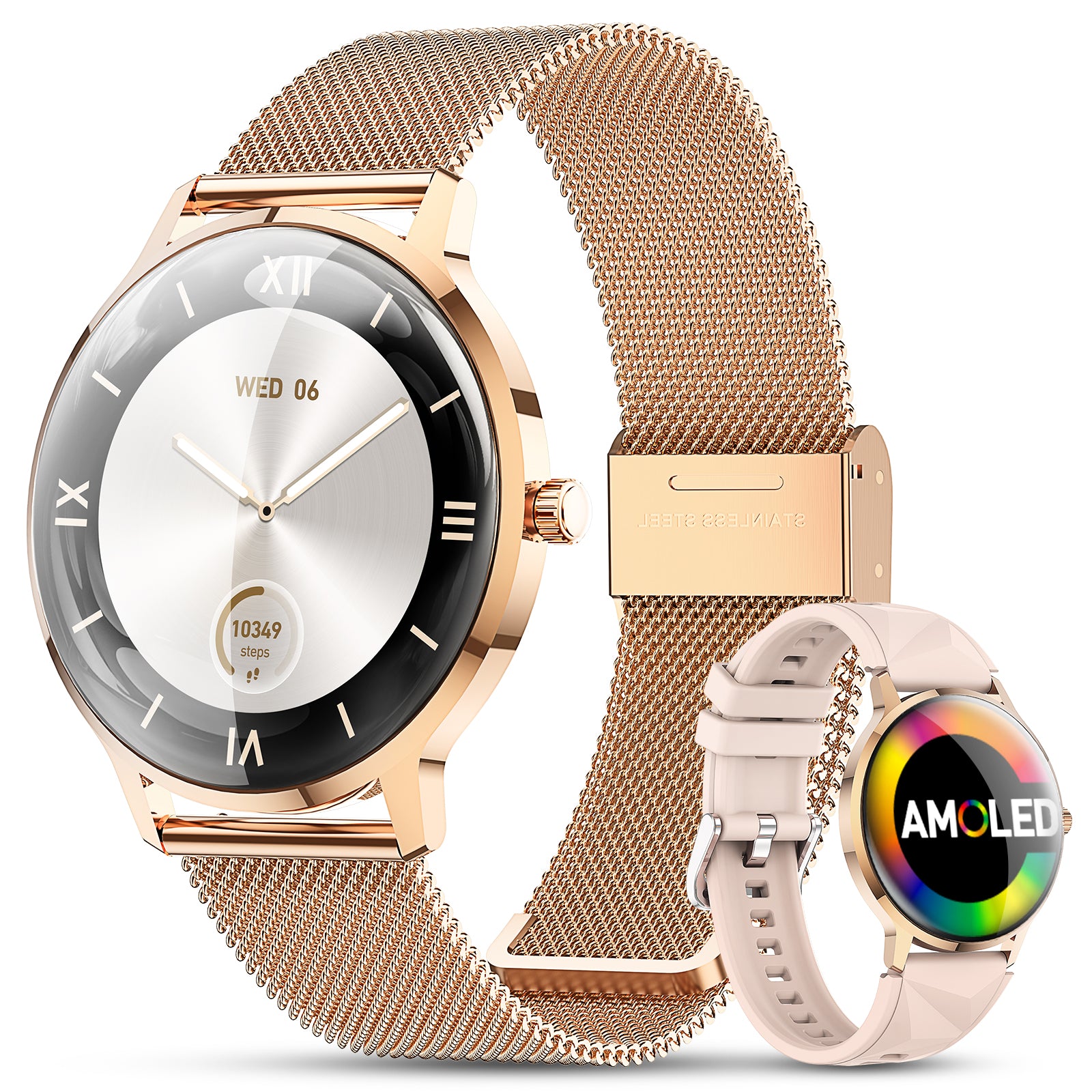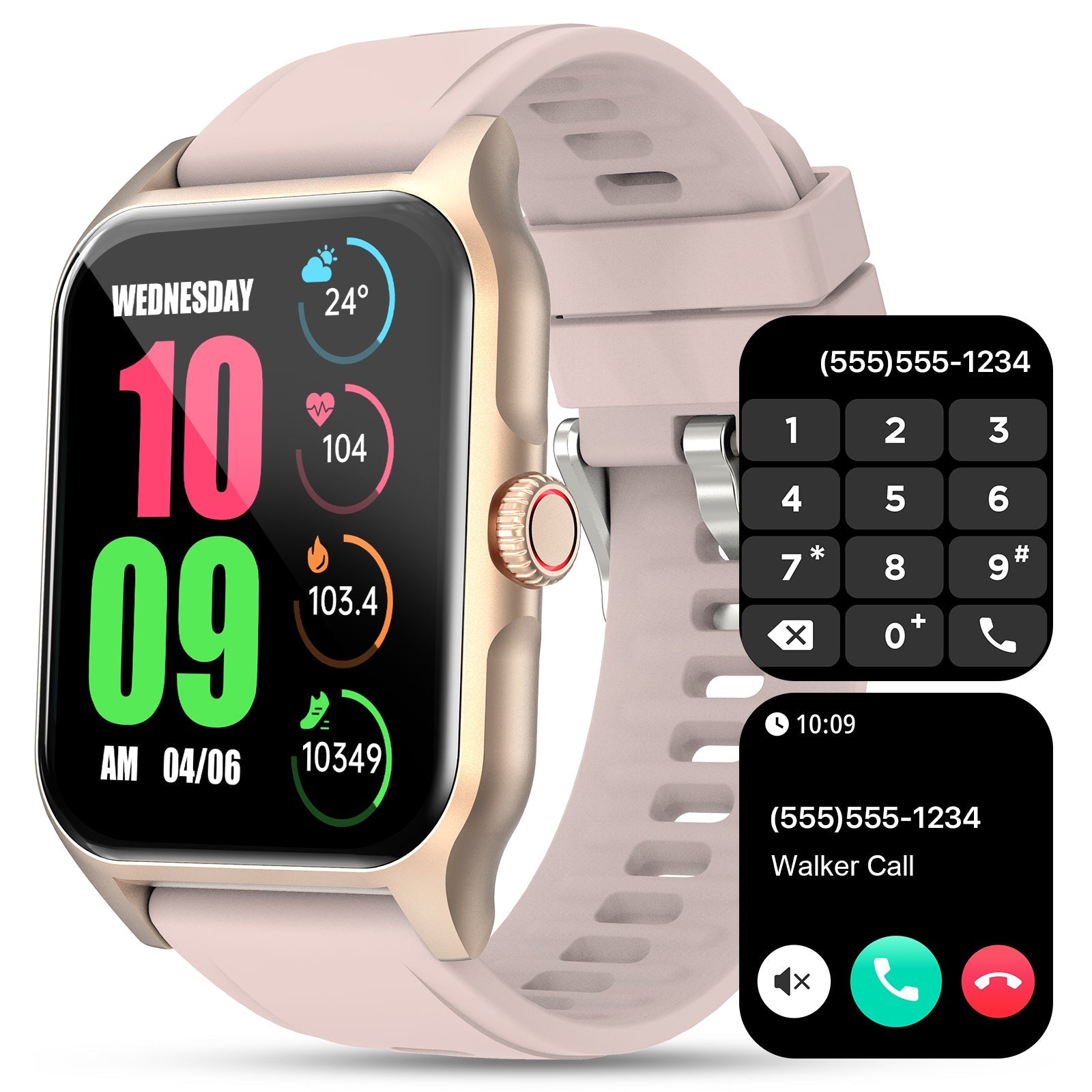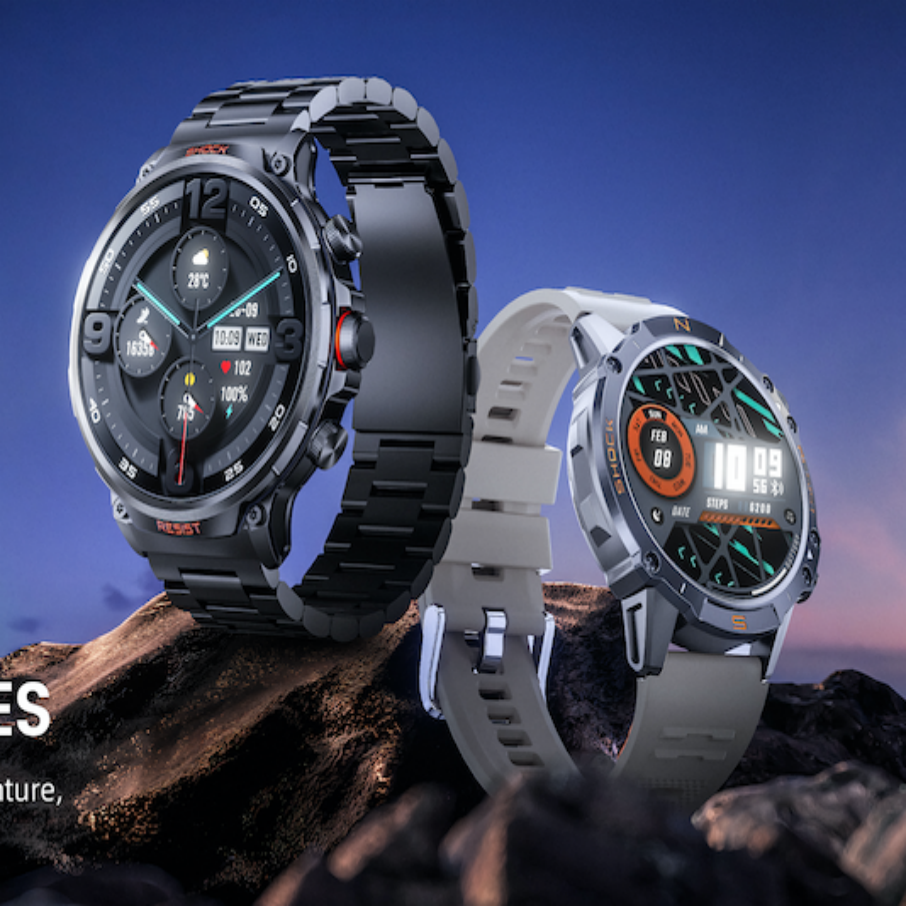Smartwatches have come a long way from simply being smartphone accessories. In 2025, they’re evolving into personal health companions, lifestyle enhancers, and even professional performance tools. The industry’s rapid growth reflects a broader shift: users now demand technology that’s proactive, health-conscious, and seamlessly integrated into their daily routines.
Where the Smartwatch Market Stands in 2025
Recent industry forecasts paint a clear picture. According to Fortune Business Insights, the global smartwatch market is projected to hit $105.2 billion by 2032, growing at a CAGR of 15.43%. Wearable tech is no longer a luxury—it’s a wellness and productivity necessity.
In parallel, Statista reports over 250 million units in expected annual smartwatch sales by 2028. User penetration in the U.S. alone is projected to cross 30% by 2026, signaling massive adoption across diverse demographics.
What’s Driving the Demand?
Beyond aesthetics and basic tracking, 2025 users prioritize deeper, actionable insights into their bodies and environments. Key motivators include:
- Preventive health monitoring (e.g., ECG, SpO2, sleep cycle detection)
- Battery longevity, minimizing daily charging interruptions
- Interoperability, allowing smooth pairing with both Android and iOS
- Rugged, stylish designs suited for active lifestyles
- Value-for-money offerings in a crowded market of overpriced wearables
From runners to remote workers, consumers are seeking smartwatches that work as hard as they do—and they’re no longer just looking at big brands.
Regional Growth and Market Dynamics
Globally, the smartwatch boom is being accelerated by several regional trends:
- North America leads in technological adoption, driven by advanced healthcare integration and premium tech spenders.
- Asia-Pacific is the fastest-growing region, particularly in India and Southeast Asia, thanks to mobile-first generations and increasing health awareness.
- Europe is investing in smart health infrastructure, with a rise in corporate wellness programs and smartwatch-linked insurance incentives.
Meanwhile, emerging markets are bypassing traditional health infrastructure altogether—using wearables as entry points into digital health ecosystems.
Health Tech Meets Lifestyle Design: Enter WalkerFit
Amid these shifts, WalkerFit has positioned itself at the nexus of performance, wellness, and affordability. While many smartwatch brands compete on name recognition, WalkerFit competes on practicality.
The brand’s latest innovation, the M6 Ultra Smartwatch, is not a watered-down version of expensive alternatives—it’s a next-gen wearable built for the new generation of users.
M6 Ultra Highlights:
- Medical-grade sensors: ECG monitoring, blood oxygen tracking, and heart rate alerts
- Bright, edge-to-edge AMOLED display: Clear even under direct sunlight
- Long-lasting battery: 3–5 days on a single charge
- Dual OS compatibility: Works seamlessly with Android and iOS
- Integrated AI assistant : For smarter workouts and daily navigation
- IP68 water resistance: Designed for real life, not just office life
Unlike many high-priced alternatives, the M6 Ultra delivers these capabilities at a fraction of the cost—making it one of the most balanced offerings on the market.

How M6 Ultra Compares to Market Giants
|
Feature |
WalkerFit M6 Ultra |
Apple Watch Ultra |
Samsung Galaxy Watch 6 |
|
ECG & SpO2 Monitoring |
✅ Yes |
✅ Yes |
✅ Yes |
|
Battery Life |
✅ 3–5 Days |
❌ 36 Hours |
❌ 48 Hours |
|
IOS Compatibility |
✅ Android & iOS |
❌ iOS Only |
❌ Android Only |
|
Price |
Affordable |
Premium |
Mid to Premium |
|
Screen Type |
✅ AMOLED |
✅ OLED |
✅ AMOLED |
This comparison reflects a key point: value is no longer about features alone—it’s about accessibility, flexibility, and longevity.
Industry Highlights: What’s New in 2025?
- AI integration is becoming standard: Wearables like the M6 Ultra are integrating voice and gesture-based assistants that respond to natural commands.
- Wearables + insurance: U.S. insurers are starting to reward smartwatch users who maintain healthy vitals through activity and sleep tracking.
- FDA clearance race: Brands are pushing to certify their health features, showing growing convergence between consumer electronics and medical devices.
WalkerFit is actively developing in these areas, building strategic partnerships with health data providers and continuously improving software updates to keep users aligned with the future of health tech.

FAQ
1. What makes the WalkerFit M6 Ultra different from premium smartwatches like Apple Watch Ultra?
The M6 Ultra offers similar health monitoring features (ECG, SpO2), longer battery life (3–5 days), and cross-platform compatibility—all at a more affordable price point.
2. Is the M6 Ultra smartwatch compatible with both Android and iOS devices?
Yes, the M6 Ultra is fully compatible with both Android and iOS, making it a flexible choice for users across different smartphone ecosystems.
3. Does the WalkerFit M6 Ultra support advanced health features?
Absolutely. It includes medical-grade sensors for ECG, heart rate, and blood oxygen tracking—comparable to those in much pricier models.
Final Takeaway: It’s About Smart Choices, Not Just Smart Watches
As the smartwatch market matures, the winners won’t necessarily be the flashiest names. They’ll be the brands that offer purpose-driven design, health empowerment, and financial accessibility.
The WalkerFit M6 Ultra isn't just keeping up with the trends—it’s anticipating where the market is headed.
Whether you're an outdoor athlete, a desk-bound knowledge worker, or someone simply looking to stay healthier with fewer barriers, the M6 Ultra deserves a spot on your radar.
Learn more or shop directly at:
Official Store










Leave a comment
All comments are moderated before being published.
This site is protected by hCaptcha and the hCaptcha Privacy Policy and Terms of Service apply.